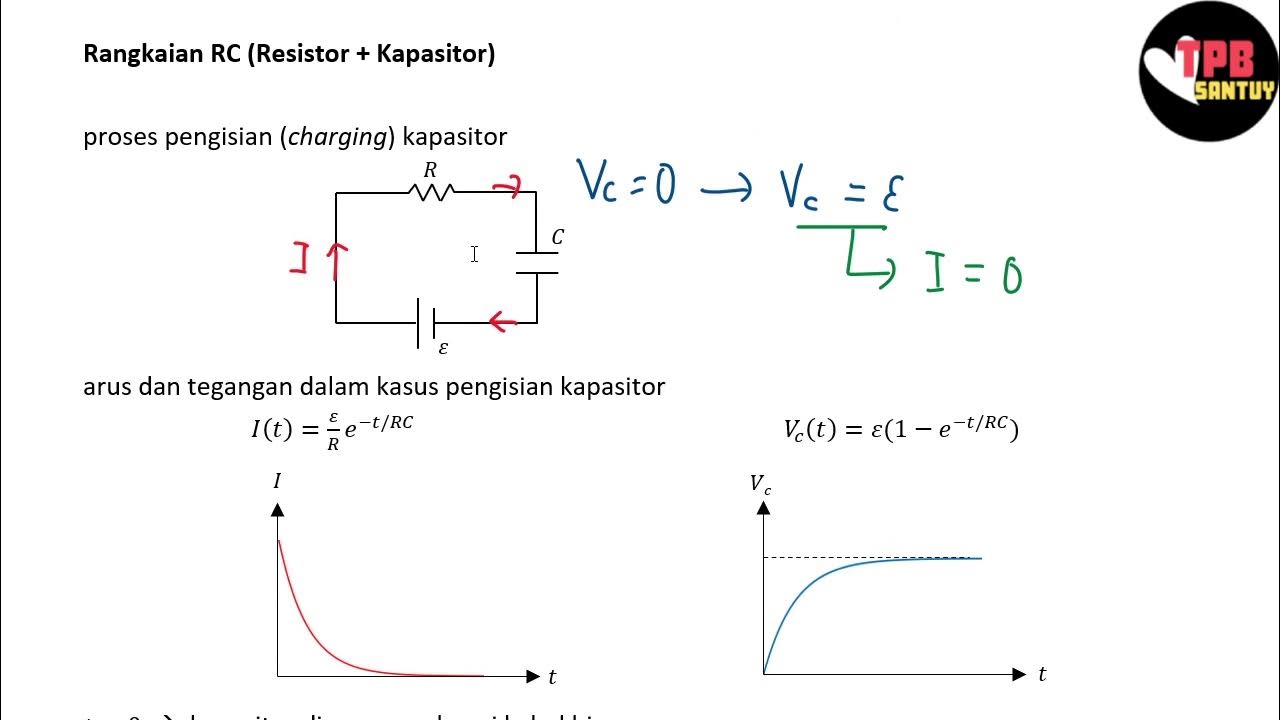Como foi medida a carga elétrica do elétron? O Experimento de Millikan.
Summary
TLDRThis video script explains an experiment involving the measurement of the charge of an electron using a capacitor. The equipment includes a power source, capacitor, and a microscope for observing the droplets within the capacitor. The script delves into the forces acting on the droplets, including gravity, viscosity, and electrical forces. It explains how the droplets acquire electric charge, the process of determining the charge using various measurements, and the role of video analysis software (Tracker) in calculating the velocities of the droplets. The script also references historical experiments and advances in understanding the charge of an electron, making it both a theoretical and practical exploration of fundamental physics.
Takeaways
- 😀 The experiment involves a capacitor that generates a high voltage (120-600 volts) to create an electric field.
- 😀 The capacitor consists of parallel plates, with one charged positively and the other negatively, creating a strong electric field between them.
- 😀 A silicone-based substance is used within the capacitor, and tiny droplets of this substance are observed under a microscope to study their behavior.
- 😀 A microscope with a scale and a tracker software are used to measure the velocity of the droplets, helping to determine their charge.
- 😀 The forces acting on the droplets include gravitational force, drag force, electric force, and impulsive force from the air.
- 😀 Some droplets acquire an electric charge during the spraying process due to friction, which influences their movement.
- 😀 By adjusting the electric field, the direction of the force on the droplets can be changed, affecting their motion.
- 😀 The experiment aims to determine the electric charge of the droplets, which depends on the number of electrons they contain.
- 😀 Data collection involves measuring the voltage across the plates, the distance between the plates, and the velocities of the droplets as they move up or down.
- 😀 The charge of the droplets is always an integer multiple of a fundamental value, which was a key result from Millikan's oil drop experiment.
- 😀 The experiment, first conducted by Millikan, was crucial in determining the elementary charge, advancing the understanding of atomic physics and the structure of matter.
Q & A
What is the purpose of the experiment described in the transcript?
-The purpose of the experiment is to determine the electric charge of droplets inside a capacitor by analyzing the forces acting on them, including gravity, drag, impulse, and electrical force.
How is the electric field created inside the capacitor?
-The electric field inside the capacitor is created by applying a voltage between two plates, with the voltage adjusted using a power source that increases the input voltage to between 120V and 600V.
What forces are acting on the droplets inside the capacitor?
-The forces acting on the droplets include gravitational force (weight), drag force due to air resistance, impulse force from the air in the capacitor, and the electric force due to the interaction of the droplets' charge with the capacitor's electric field.
Why do some droplets acquire an electric charge during the spraying process?
-Droplets acquire an electric charge during the spraying process due to friction between the droplets and the surface they are being sprayed from. This friction causes the droplets to gain an electric charge.
What role does the microscope play in this experiment?
-The microscope is used to observe the small droplets inside the capacitor, allowing for precise tracking of their movement. The droplets are very small, and the microscope helps to magnify them for accurate measurement.
How is the velocity of the droplets measured in this experiment?
-The velocity of the droplets is measured using the tracker software, which analyzes the time it takes for droplets to move a certain distance. A reference scale is used to calculate the distance, and the software tracks the droplet positions across frames to determine their velocity.
What is the significance of the tracker software in this experiment?
-The tracker software plays a crucial role in calculating the velocity of the droplets by tracking their movement frame by frame. It helps in determining key data such as the time taken for droplets to travel a specific distance and calculating their speed, which is essential for determining the charge.
How do the measured velocities of the droplets contribute to determining the charge?
-The measured velocities of the droplets are used in calculations to determine the charge of the droplets. Knowing the velocity, distance traveled, and other factors like voltage and capacitor plate distance allows for the application of a formula to calculate the electric charge of the droplets.
What historical experiment is referenced in the transcript, and why is it important?
-The historical experiment referenced is the Millikan oil-drop experiment, which was crucial in determining the fundamental charge of an electron. It set the stage for later experiments and established that the charge on an electron is quantized.
What did the experiment show about the charge of the droplets?
-The experiment showed that the charge of the droplets is always a multiple of a fixed value, which corresponds to the fundamental charge of an electron. This discovery confirmed that electric charge is quantized.
Outlines

This section is available to paid users only. Please upgrade to access this part.
Upgrade NowMindmap

This section is available to paid users only. Please upgrade to access this part.
Upgrade NowKeywords

This section is available to paid users only. Please upgrade to access this part.
Upgrade NowHighlights

This section is available to paid users only. Please upgrade to access this part.
Upgrade NowTranscripts

This section is available to paid users only. Please upgrade to access this part.
Upgrade NowBrowse More Related Video
5.0 / 5 (0 votes)





